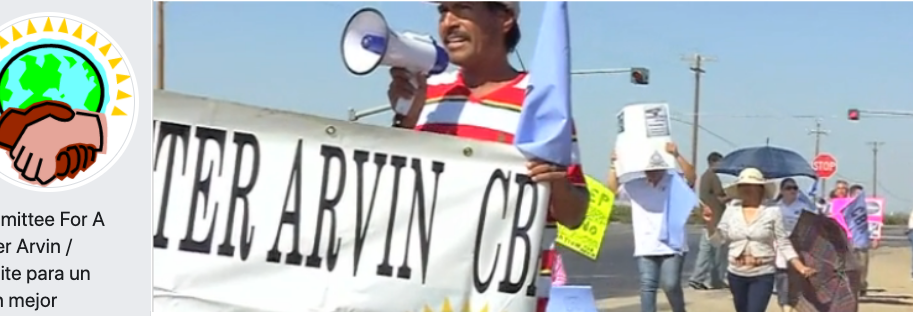Highlights
- In the Central Valley of California, exhaust from semi-trucks, oil and gas fumes, plus pesticides from the agricultural sector are trapped in the valley, creating mass pollution that creates severe health problems
- Health effects include asthma, respiratory illnesses, preterm birth, low birth weight, and cancer
- Pollution caused by drilling sites disproportionately affect neighborhoods that are predominately occupied by Black, Indigenous, People of Color
- Though implementing setbacks or buffers that separate drilling sites from homes, schools, and hospitals effectively reduces health risks, California has no mandates or laws requiring these buffers
- Oil industry giants such as the Western States Petroleum Association and Chevron have spent $9.9 million and $7.5 million on lobbying this legislative season
- These same companies successfully advocated for streamlined approval of new oil projects with little environmental review
- A community group in the Central Valley town of Arvin, named Committee for a Better Arvin, have taken on the oil industry in their community
-
- In 2014 a leaky pipeline had caused an air sampling from the inside of homes on a street in Arvin to have levels of toxic gas 13 times higher than deemed safe by the EPA
- With help from other smaller community groups plus big environmental groups, Committee for a Better Arvin sued for better regulations in their community
-
- In Los Angeles County over 1.5 million people live within 2,500 feet of an operational oil well
- A community group named Stand Together Against Neighborhood Drilling formed to advocate for oil well setbacks
- AB 345 would create setbacks of 2,500ft, being the first mandate for buffers in the state
- The bill would not stall oil production but would help frontline communities avoid toxic levels of pollution
The Climate Center’s Climate-Safe California Platform advocates for a formal California State commitment by 2022 to 80% below 1990 levels of greenhouse gas emissions and net-negative emissions by 2030. This bold target requires accelerating the phase-out of fossil fuel development, production, and use.
Read More: https://insideclimatenews.org/news/02082020/california-big-oil-environmental-health

Nina Turner
Energy Programs and Communications CoordinatorJanina is a graduate of the Energy Management and Design program at Sonoma State University with experience in non-profits that specialize in sustainability and volunteerism.

